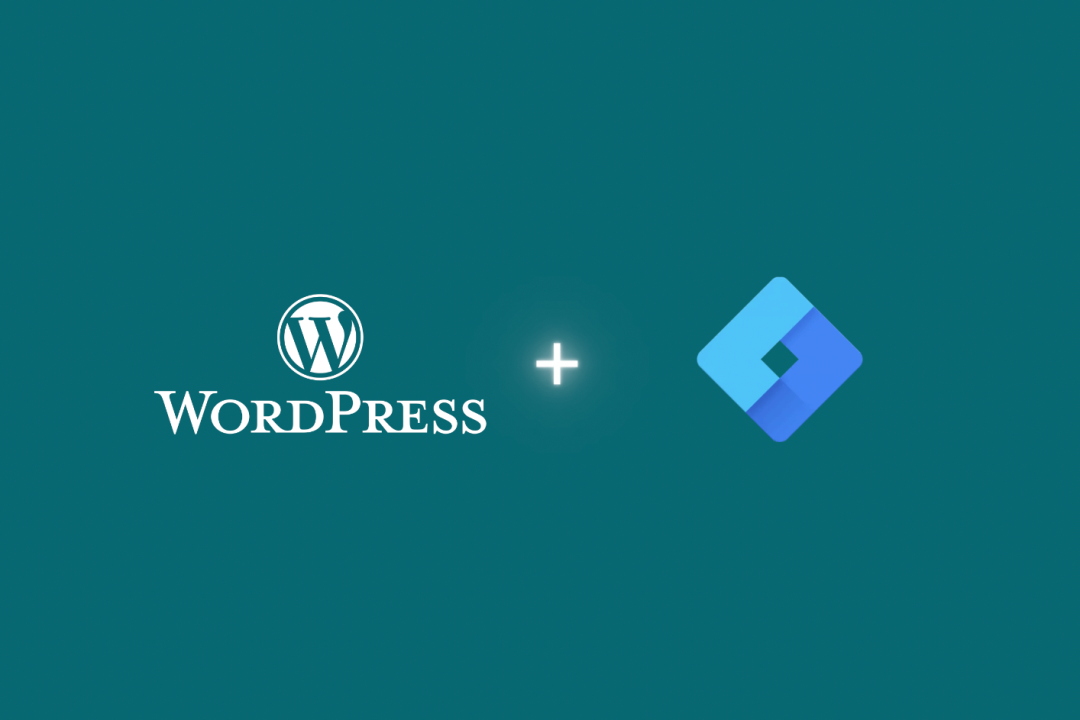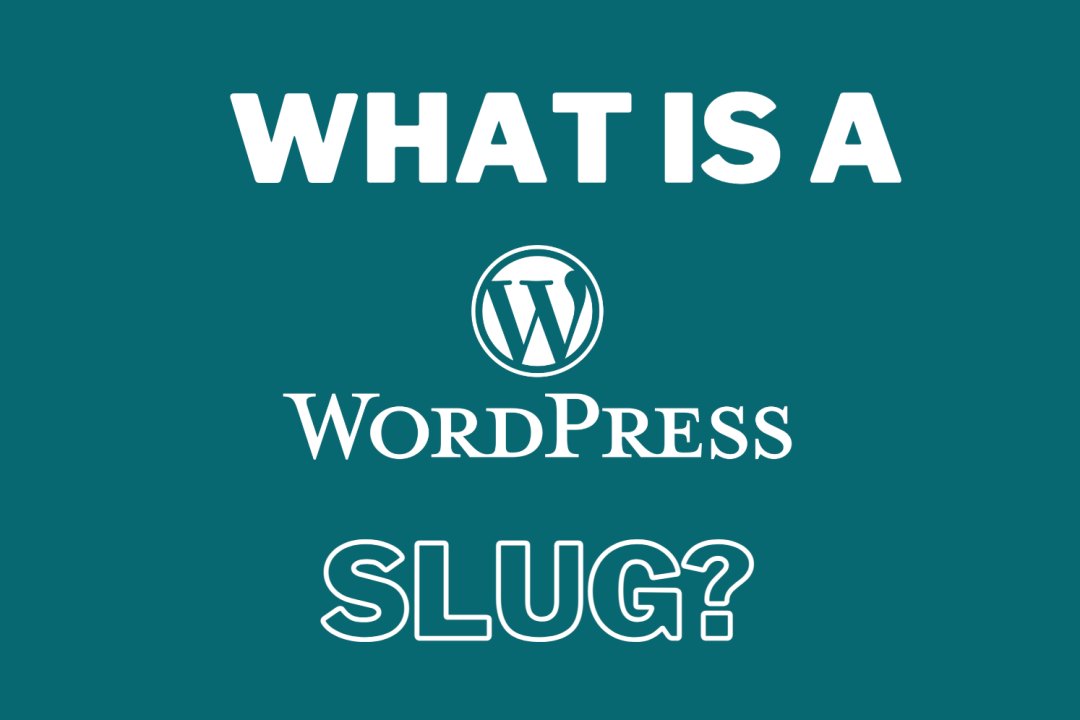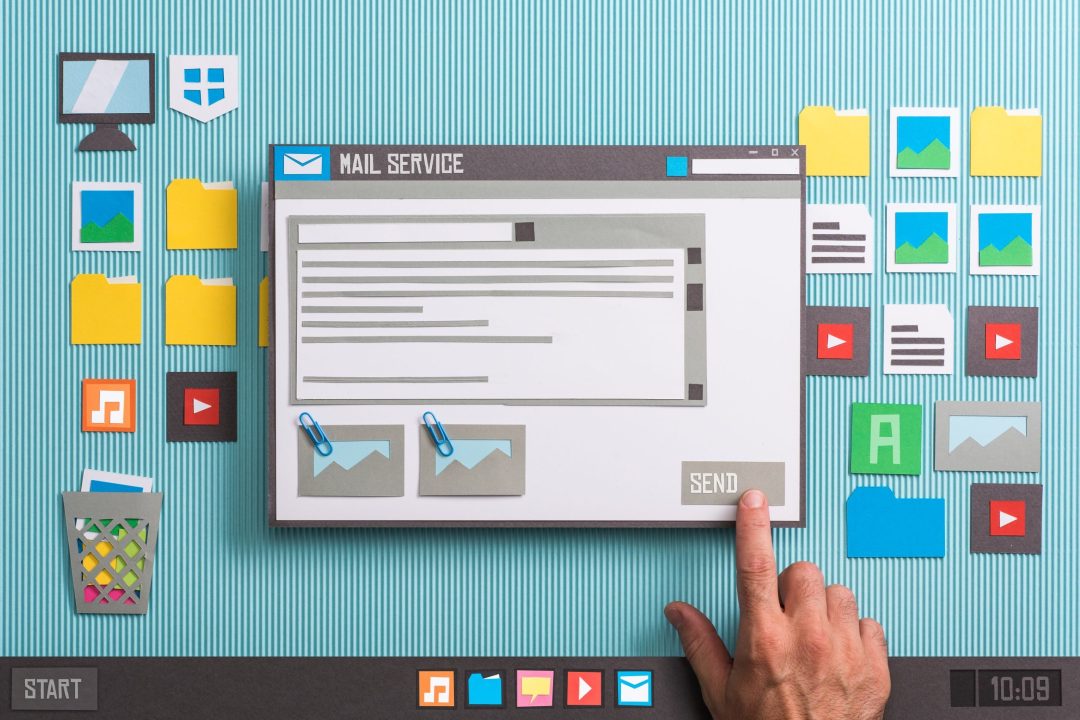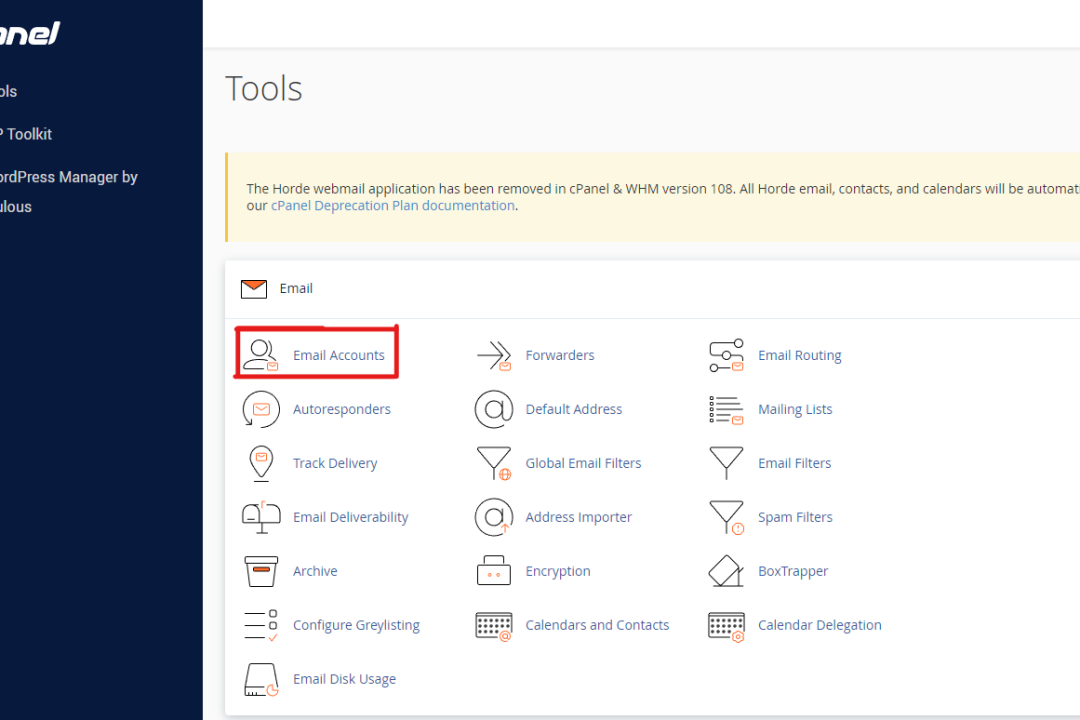
Email is a critical aspect of daily life and business operations. Protecting your email account with a strong password is crucial to ensure the security of your personal and professional information. If you are using cPanel as your email hosting platform, you may want to change your email password for security reasons or if you suspect that your account has been compromised. In this article, we will walk you through the steps to change your email password on cPanel in a detailed and comprehensive manner.
Table of contents
Here’s a step-by-step on how to change the cPanel email password
Step 1: Log into cPanel
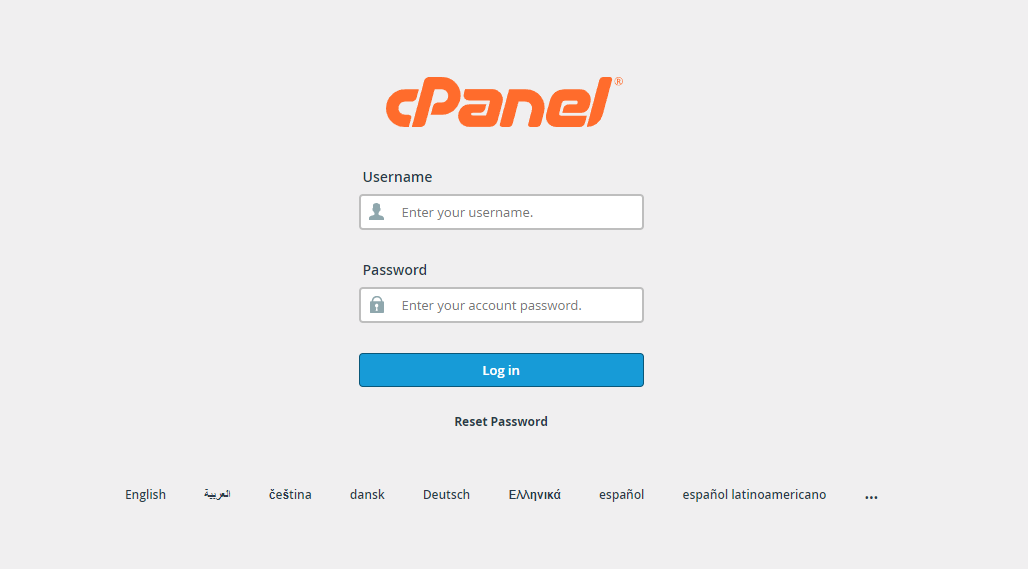
The first step to changing your email password on cPanel is to log into your cPanel account. You can usually find the URL to your cPanel login page on your hosting company’s website by searching for a link to “cPanel” or “Control Panel”. Enter your username and password to log in.
Step 2: Locate the Email Accounts Section

Once you are logged into cPanel, look for the “Email Accounts” section. This section is typically located near the top of the page or under the “Mail” category. In the Email Accounts section, you will see a list of all the email accounts associated with your cPanel account.
Step 3: Change the Email Password

Locate the email account that you want to change the password for, and click on the “Manage” button next to it. This will bring up a form where you can enter your new password.
Step 4: Enter a Strong Password
It is essential to choose a strong password that is difficult for others to guess. A strong password should be at least 8 characters long and include a mix of upper and lowercase letters, numbers, and special characters. It is recommended to use a password manager to generate a secure and random password for you. Enter your new password in the “Password” and “Password (Again)” fields.
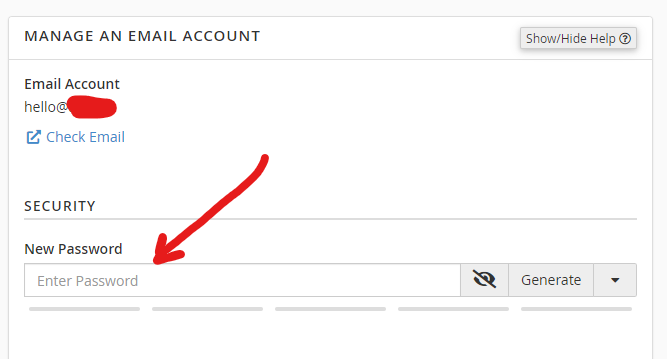
Step 5: Save Your Changes
Once you have entered your new password, click the “Update Email Settings” button to save your changes. You will receive a confirmation that your password has been successfully changed.

Step 6: Update Your Email Client
If you use an email client such as Microsoft Outlook or Apple Mail to access your email, you will need to update the password in your email client to match the new password you just set in cPanel. This is usually done in the email client’s “Account Settings” or “Preferences” section. In Outlook, for example, you can change the password by going to “File,” then “Account Settings,” and then “Account Settings” again. In the Account Settings window, select the email account you want to change the password for and click on “Change.” Enter your new password and click “Next” to save your changes.
Step 7: Test Your New Password
After changing your email password, it is a good idea to test your new password to make sure that it is working correctly. To do this, you can log into your email account using your email client or webmail. If you are using webmail, you can usually find the URL to your webmail login page on your hosting company’s website by searching for a link to “Webmail” or “Email Login.” Enter your email address and new password to log in and test your new password.
Security measures you can take to secure you cPanel email account
In addition to changing your email password, there are several other security measures you can take to protect your email account. Some of these measures include:
- Enabling Two-Factor Authentication (2FA) – 2FA adds an extra layer of security to your email account by requiring a second form of authentication in addition to your password. This can be in the form of a code sent to your phone or a security key that you insert into your computer.
- Using a Secure Connection – When accessing your email account, it is important to make sure that you are using a secure connection. You can check if your connection is secure by looking for a padlock icon in the address bar of your browser and making sure that the URL starts with “https://”.
- Keeping Your Software Up-to-Date – Regularly updating your email client and other software can help protect your email account from security vulnerabilities and threats.
- Being Vigilant with Email Attachments and Links – It is important to be cautious when opening attachments or clicking on links in emails, especially if they are from unknown or suspicious sources. Malicious attachments or links can contain viruses or malware that can compromise your email account.
- Monitoring Your Email Account for Suspicious Activity – Regularly checking your email account for suspicious activity can help you detect and prevent unauthorized access to your email account.
Final thoughts
In conclusion, changing your email password on cPanel is a simple and straightforward process that can be done in just a few steps. By following this guide, you can change your email password and take additional security measures to protect your email account. Regularly changing your password and staying vigilant about security can help keep your personal and professional information safe and secure.


